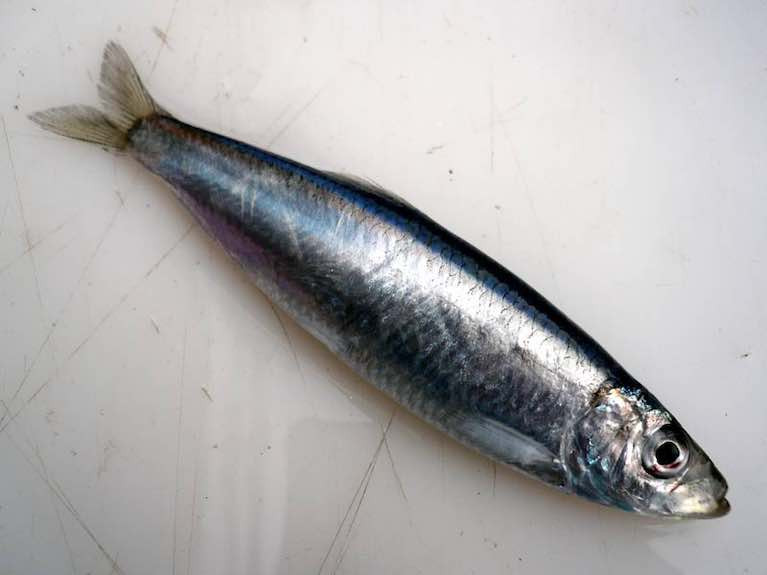The Irish Wildlife Trust (IWT) has called on Minister for Marine Charlie McConalogue and Minister of State for Biodiversity Pippa Hackett to “act swiftly” over a High Court decision that overturns a ban on fishing by vessels over 18 metres long inside the six nautical mile limit.
The Irish Whale and Dolphin Group (IWDG) has also called for a scientific study of species including sprat stocks in inshore waters.
A High Court judgment published last week found that the ban on trawling or fishing within seine nets by vessels over 18 metres in length inside the six-mile nautical limit has “no legal effect”.
Mr Justice Michael McGrath issued his judgment on foot of a judicial review of the ban which was introduced by former marine minister Michael Creed in March 2019.
The judicial review of the policy directive was taken by fishermen Tom Kennedy and Neil Minihane.
IWT campaign officer Pádraic Fogarty said that the original ban was initiated “after a public consultation in 2018 which was roundly supported by low-impact fishers in smaller boats, anglers, environmental groups and members of the public”.
“It was heralded at the time as the single most important move to protect fisheries and marine biodiversity that we have seen. There is consequently widespread anger and dismay that this has now been undone,” Mr Fogarty said in a statement.
“We’re urging ministers Hackett and McConalogue to act swiftly on this High Court decision and to tell us how the trawling ban can be reinstated on a permanent basis,” he said.
“ Until then we need to see all inshore trawling shut down so that any recovery in marine life which may have been underway is not completely undone,” Mr Fogarty said.
The IWT says that trawling for small fish such as sprat “removes the principle food source for sea life, whether its whales, dolphins or larger fish”.
“Bottom trawling, which scrapes a net across the seafloor, obliterates important habitats for fish spawning and should be phased out across our seas,” it says.
IWDG co-ordinator Dr Simon Berrow said that while he did not want to comment directly on the judgment, it was time for a “proper, robust scientific study” on sprat stocks.
“We know so little about sprat,” Dr Berrow told RTÉ Radio 1’s Seascapes on Friday night, pointing out how important the species is for whales.
The six-mile ban for larger vessels was introduced by Minister Michael Creed on 5th March 2019, and came into force on January 1st of this year.
The directive did give a derogation for fishing sprat within six nautical miles up to December 2021, “subject to any catch limits as may be determined by the minister from time to time”.
The Irish South and West Fish Producers Organisation (ISWFPO) has welcomed the judgment. Its chief executive Patrick Murphy said that “once again, we see flawed legislation being overturned in our High Court “.
“The view of IS&WFPO members remains that only a small proportion of fishing boats in our tiny Irish fishing fleet of 165 vessels of over 18 meters in length actually fish inside of the six-mile limit,” he said.
Mr Murphy concurred with the IWDG in calling for a scientific evaluation to calculate the biomass of all commercial stocks within the six-mile zone.
“Until this assessment is complete, we submit that no total allowable quota figure should be set for this important fishery,” he said.






























































